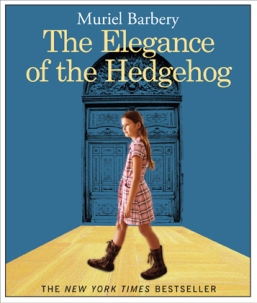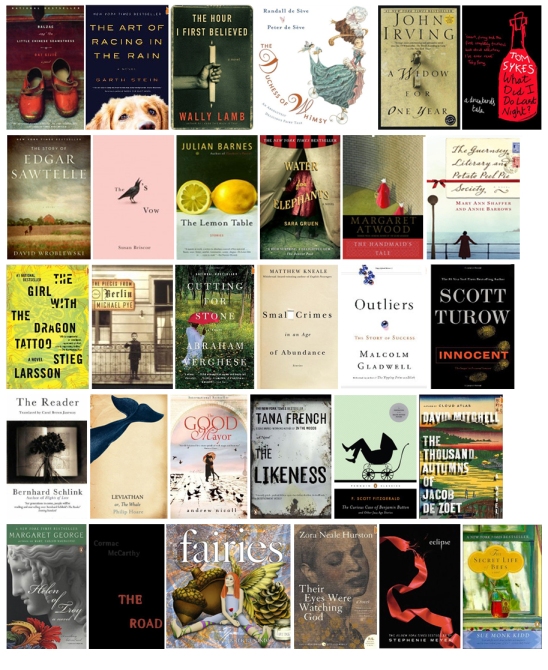 It could just be me, but I think bookstores are like candy shops. Maybe it’s the difference between a sweet tooth and a sweet eye … okay, I made that up (not a bad analogy though, if you think about it!) … but whatever it is, I get a feeling of yummy anticipation when opening the door to a well-stocked, nicely laid out bookstore.
It could just be me, but I think bookstores are like candy shops. Maybe it’s the difference between a sweet tooth and a sweet eye … okay, I made that up (not a bad analogy though, if you think about it!) … but whatever it is, I get a feeling of yummy anticipation when opening the door to a well-stocked, nicely laid out bookstore.
I really, truly, love books. I love to hold them, turn the pages, get lost in great story-telling. I love to see all the different covers, and pass judgment (c’mon ~ we all do).
And when great cover art matches up with a great story, it’s almost as good as really good chocolate. (apparently I’m still on the *sweet* reference) It’s like the marriage of ice cream and hot fudge. You could get by with one or the other, but together they make perfection.
Trouble is, sometimes they don’t match up. You might have an outstanding story housed inside a mediocre cover, in which case you could pass it by and miss out on something real special. Or, a stellar cover might disguise a less than stellar reading experience. Talk about disappointment.
One aspect of my job as a designer is to make book cover art that weaves its best magic for the author. The goal is to get folks to pick up your book. So regardless of reviews (or lack of), accolades from Oprah (most likely lack of) or best-seller lists ~ when it comes down to considering a book as a potential read or possible purchase, the cover can make or break that first opportunity to grab someone’s attention.
And it’s important that that attention is both dynamic and pleasing. It’s a tease of something good to come. It’s welcoming. And of course, it has to speak to what the book is about, which very briefly answers the reader’s question “is this something I might be interested in?”
If a book has made the first cut where people have taken notice, reached out and picked it up ~ congratulations! But remember, then they’re going to look at the back cover. Then they’ll look at the inside flaps. Personally, I also like to read the first page of a book before making a decision ~ to see if it’s gonna “grab me”. If all these elements find favor ~ cover, back, flaps (and maybe the first page)~ you’ve got a win.
So, while we all judge books by their covers, it still holds true that the cover alone will not sell a book. What it will do is determine whether it warrants a closer look. It’s a critical first step.
So what makes a great cover? What makes it jump from the shelf onto your personal radar? Something like this:
- It looks professional.
- It reflects the nature of the story.
- It respects the audience.
- It’s visually appealing.
Sounds easy, but there can be a fine line between what works and doesn’t work. And that fine line can create a huge gaping difference. If it looks unprofessional or lackluster, the perception is set that that’s what’s inside as well.
Making it work is, very literally, in the details.
Fonts. Not always, but generally speaking, conservative/traditional fonts work best. And whatever the fonts, it’s all about size, color and placement. Even hints of difference in those treatments can change the look dramatically. There’s no one-size fits all plan, unless you have a published series with an established look.
Art: Art speaks to the soul of the book. Is photography best? Illustration? Both? Neither? (Believe it or not, there are occasions when no art is good art. Coming from an artist, you might think that sounds crazy. But [excluding children’s books] type alone has a place if used exceptionally well and manages to convey the book’s essence.) Bottom line, the style of art (or type) used is a huge deal, because not only does it suggest the story, it suggests the feeling of the story. This is the emotional grab.
Trends: What’s out there, what looks good (or bad), what’s selling well? These will serve as style guides… but the best covers will bend “the rules”. In fact, they’ll break a few. Because there really are no rules, just guides. Visual justice should be given to the uniqueness of the each book.
Over-design: Aside from being next to impossible, attempting to put everything about the story on the cover, or trying to capture all the nuances, is not a good idea and will scream “unprofessional”. Cover art should simply portray a sense of what’s inside. It’s a tantalizing piece of candy from the jar, not the whole store.
…………
I positively adore a great book find. I get excited. I chomp at the bit to find that moment in a day when I can get comfy, make the light right, and sink my over-thinking brain into another place and time and cavort with all sorts of fascinating characters.
But just as much, I savor the look and feel of a book. It’s also one of the fondest parts of my work ~ designing covers that can make that magical first connection between book and reader.



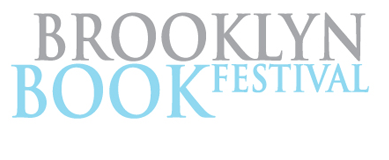


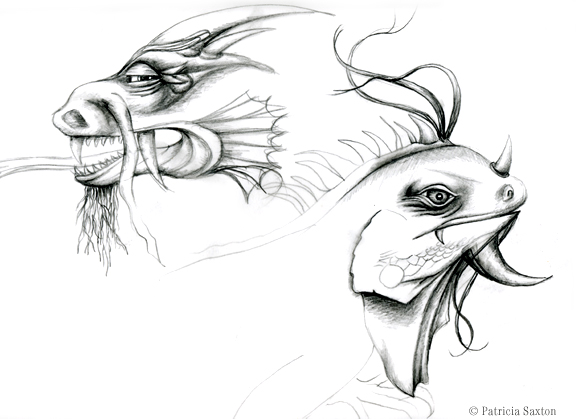

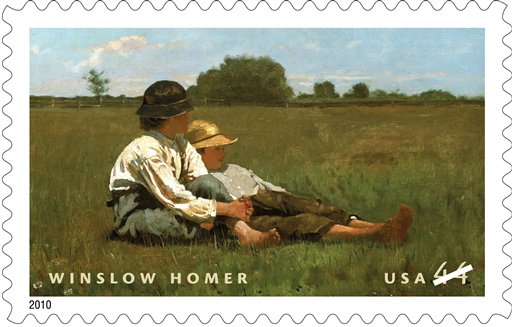
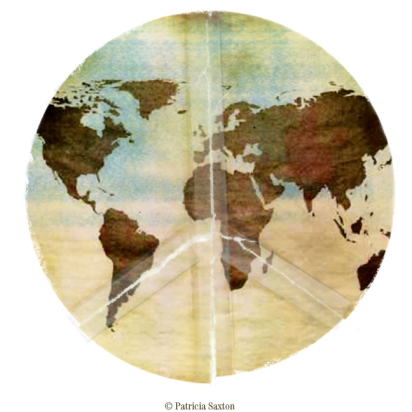
 When was the last time you jumped up and down like a kid, or played frisbee in the rain … just for the fun of it? If you have, you’re better off. If you haven’t, maybe it’s time!
When was the last time you jumped up and down like a kid, or played frisbee in the rain … just for the fun of it? If you have, you’re better off. If you haven’t, maybe it’s time!

